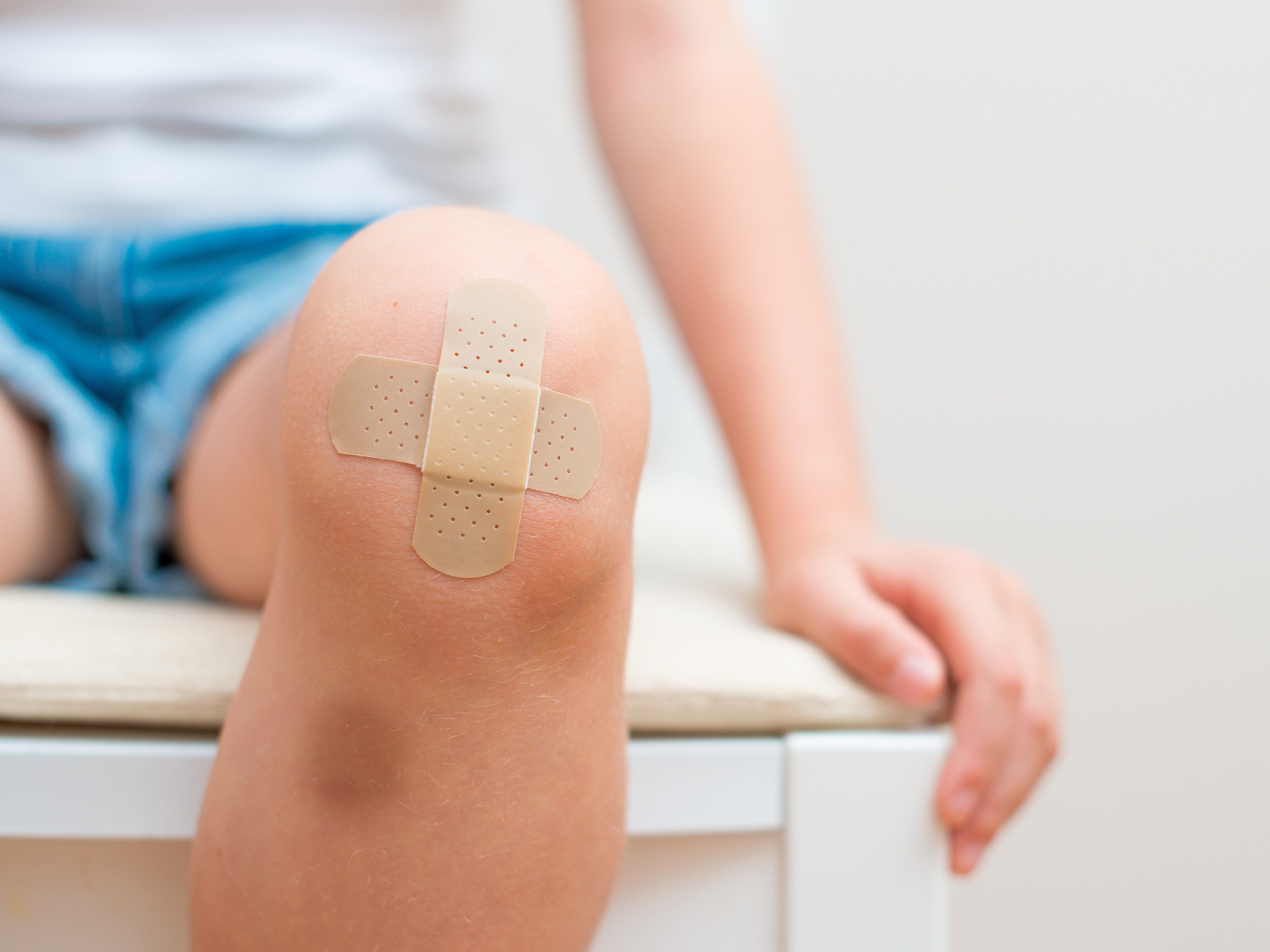
1. Rinse it well
Rinse the cut or scrape-and the area around it-thoroughly. Clear any grit, dirt or foreign material and pick out any large bits that remain. The rinsing removes particles you can’t see. If you don’t have a clean water source available (bottled water is ideal), cover the wound with a clean dressing and rinse it out as soon as possible.
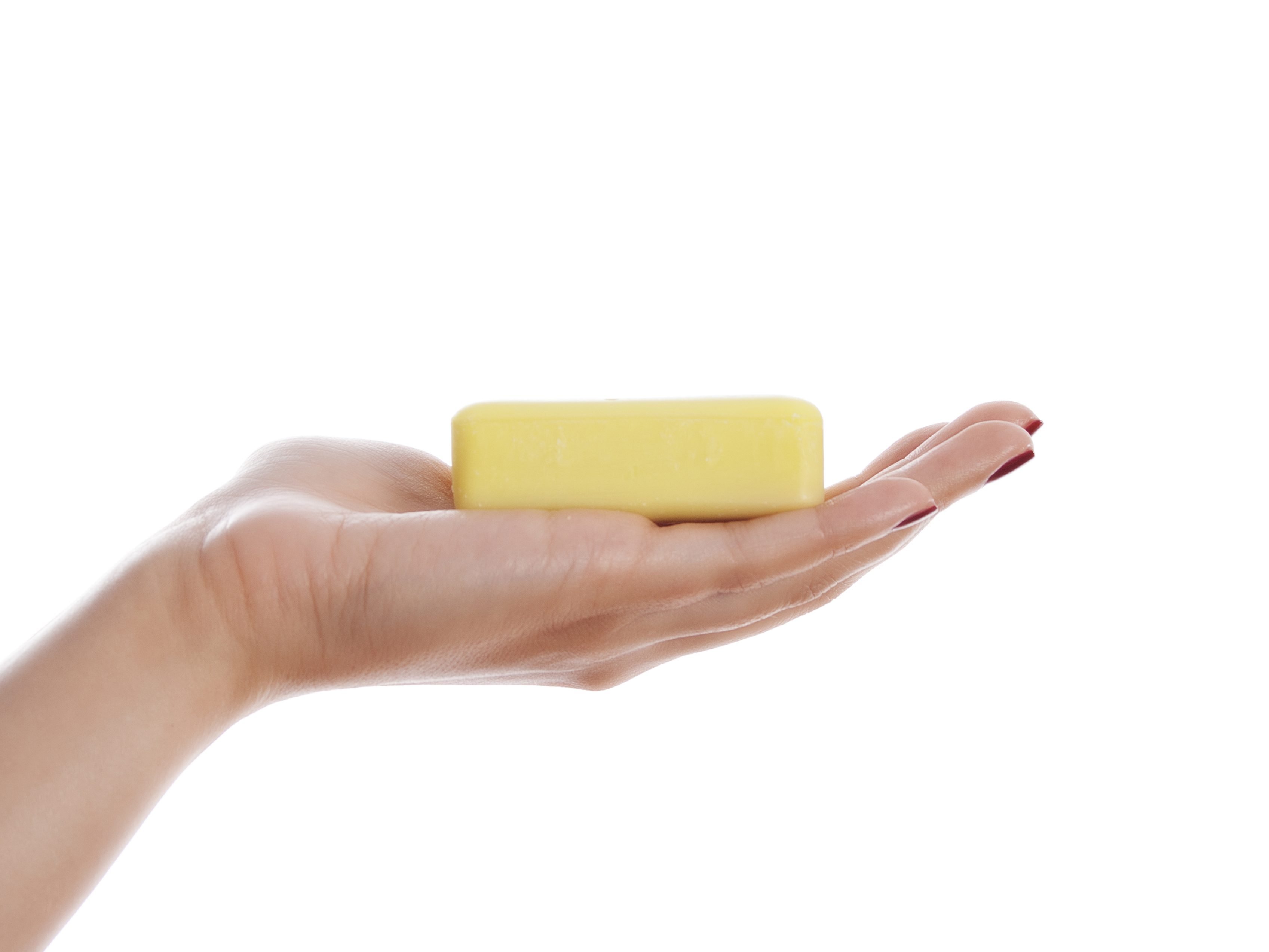
2. Clean it well
Clean the cut or scrape with an antiseptic, such as hydrogen peroxide or tea tree soap, then rinse.
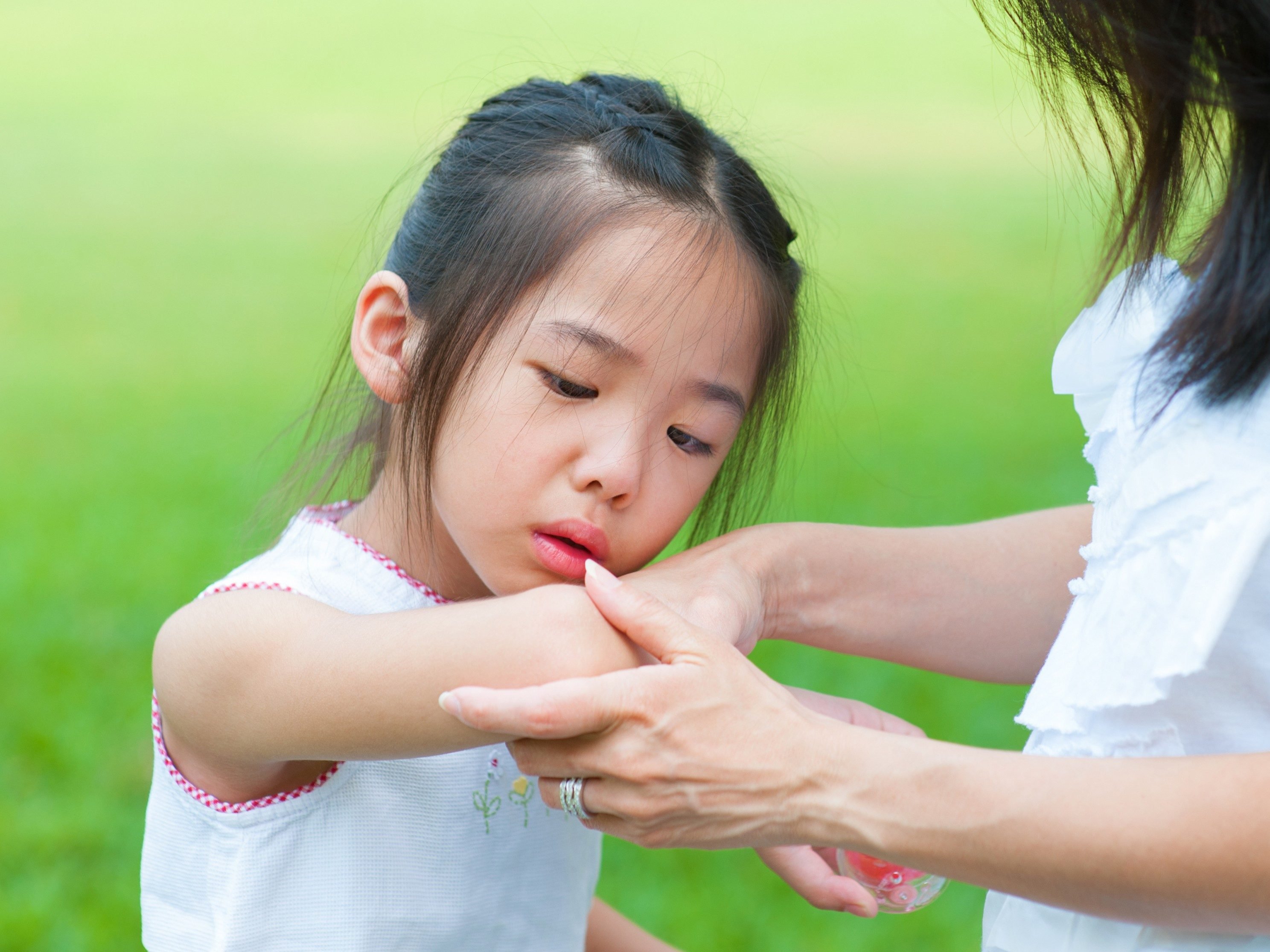
3. Apply pressure
Put pressure on the wound with a clean cloth until the bleeding slows or stops.
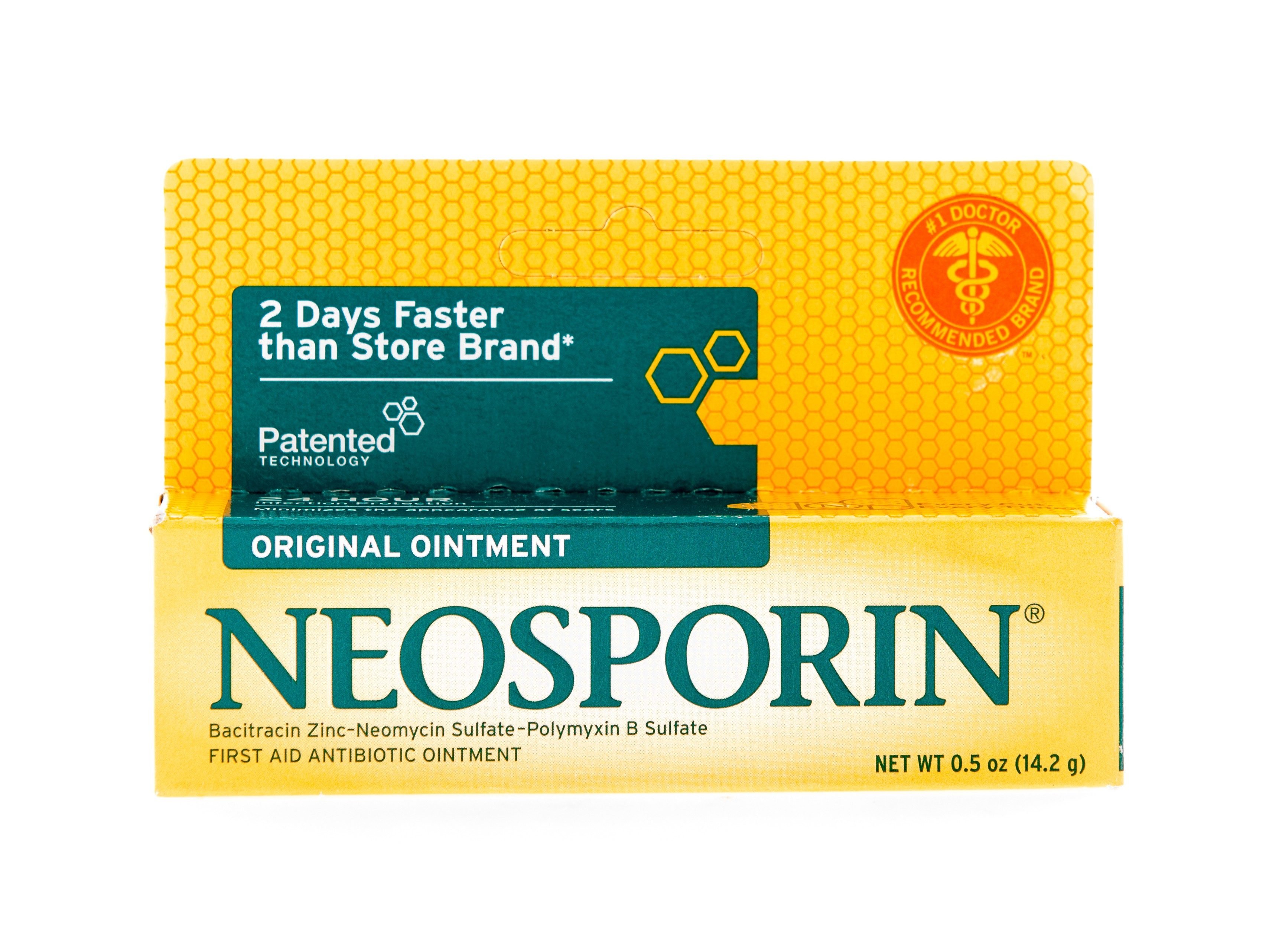
4. Use an ointment
Treat the wound with an antibacterial ointment like Bacitracin or Neosporin. Alternatively, you can use a calendula cream into which you’ve mixed a drop of lavender and tea tree oil. The ointments provide a protective barrier until the skin grows back and help the injured tissue heal faster-often by several days.
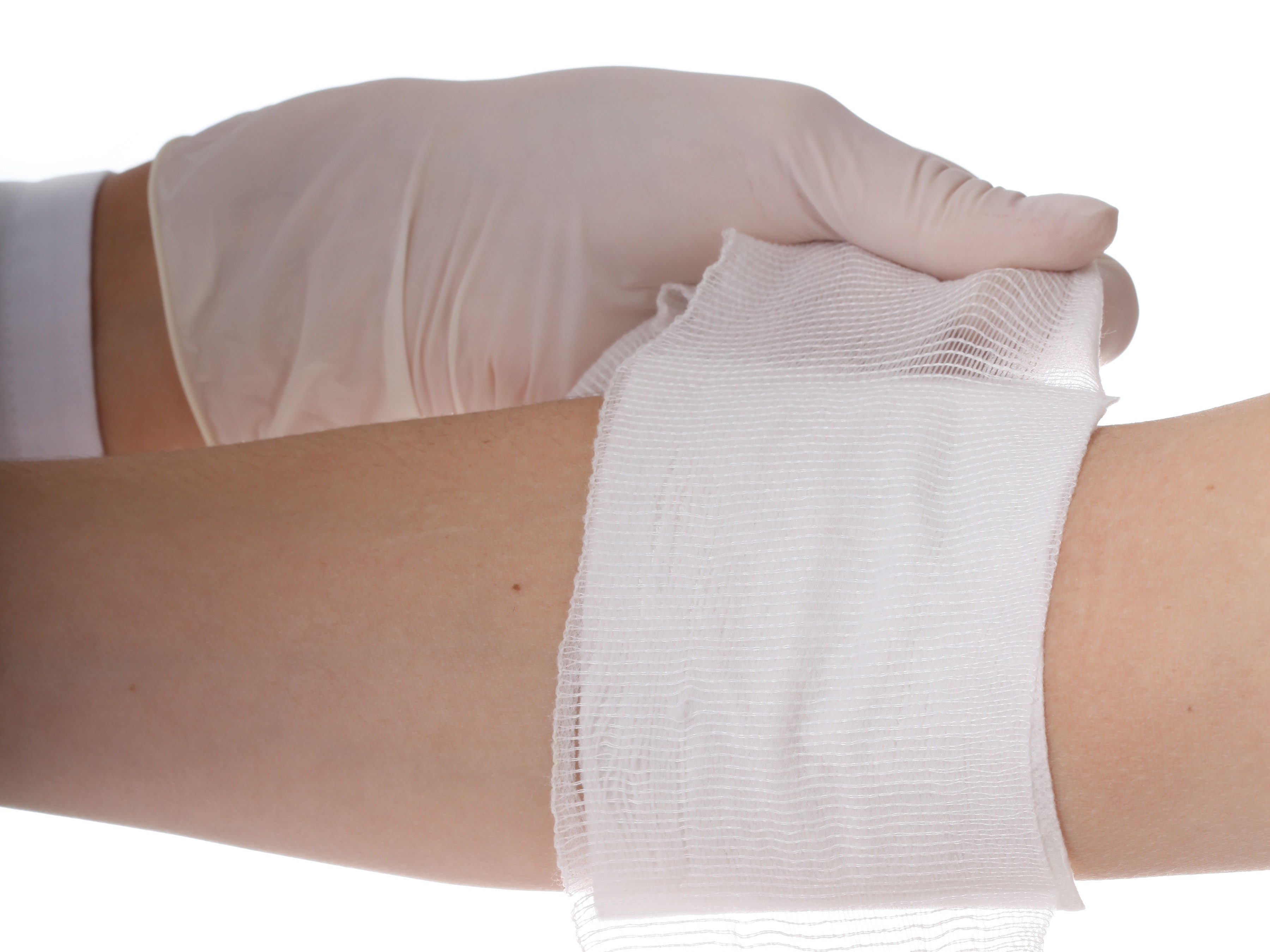
5. Cover up
Cover the wound with a clean, dry dressing such as a Telfa dressing and keep dry. Covering the cut is important to keep it clean. Telfa dressings, sold in drugstores, are cotton pads that won’t stick to the wound and don’t hurt when you take them off.
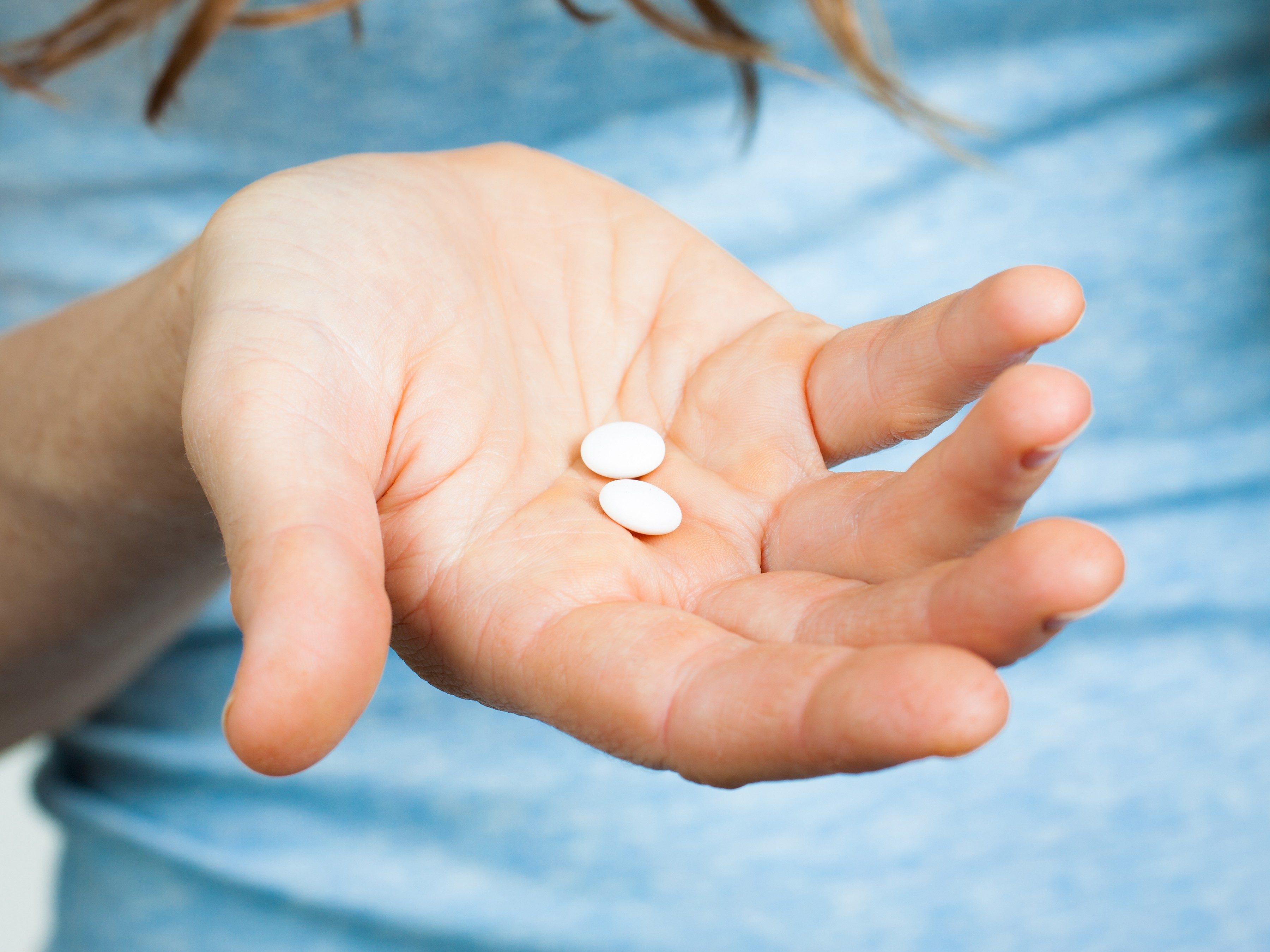
6. Take vitamin C
Begin taking 500 milligrams of vitamin C twice a day. Numerous clinical studies find supplementing with vitamin C after an injury improves healing. The vitamin is a key component in collagen, the protein that makes up much of the connective tissue in skin.
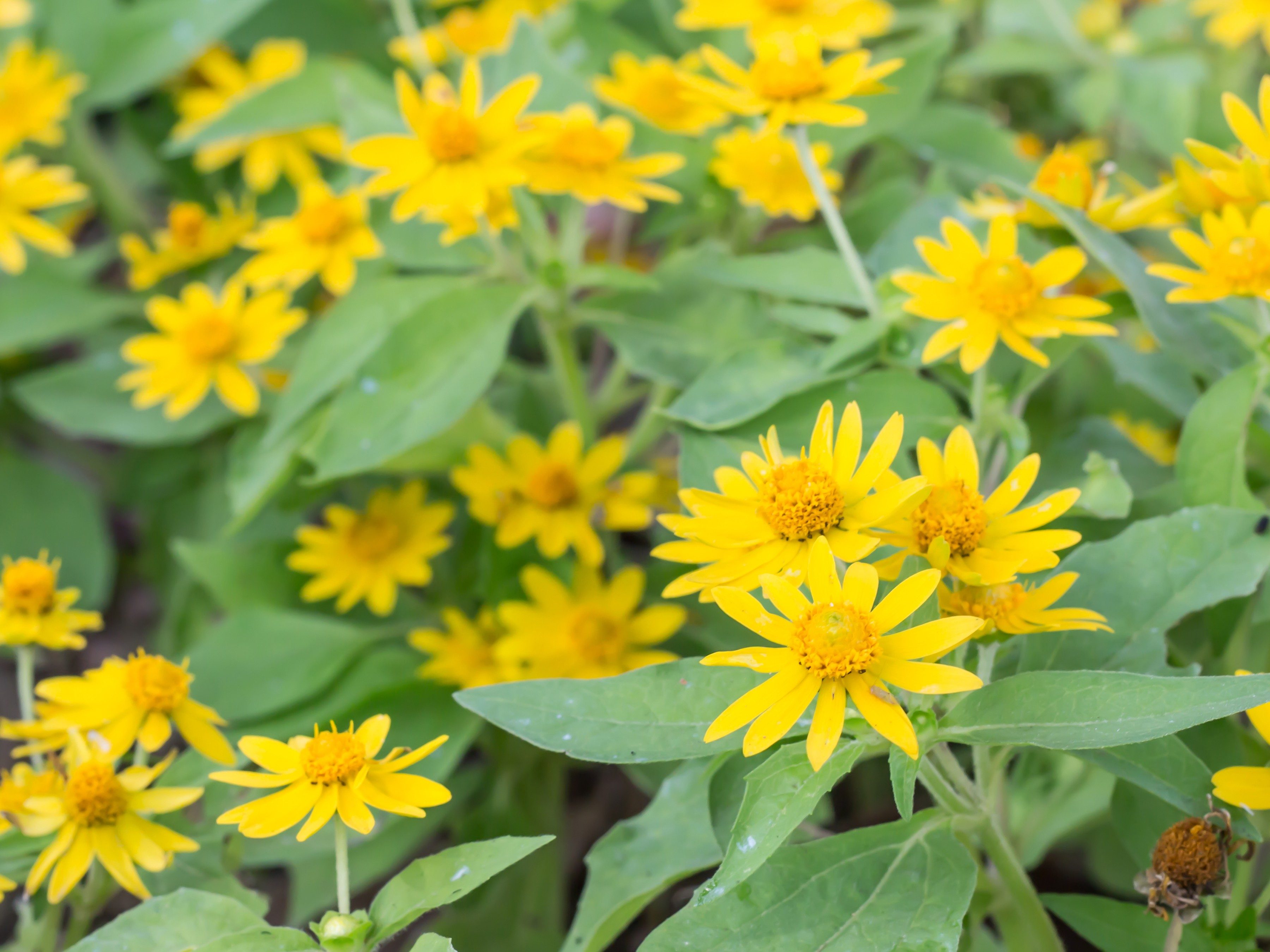
7. Take arnica
Arnica is a classic homeopathic treatment for injury. Take a 30X preparation every 15 to 30 minutes for the first 1 to 2 hours. Then decrease to 1 dose every hour for 6 to 8 hours, then to 3 to 4 times a day for another day or two.
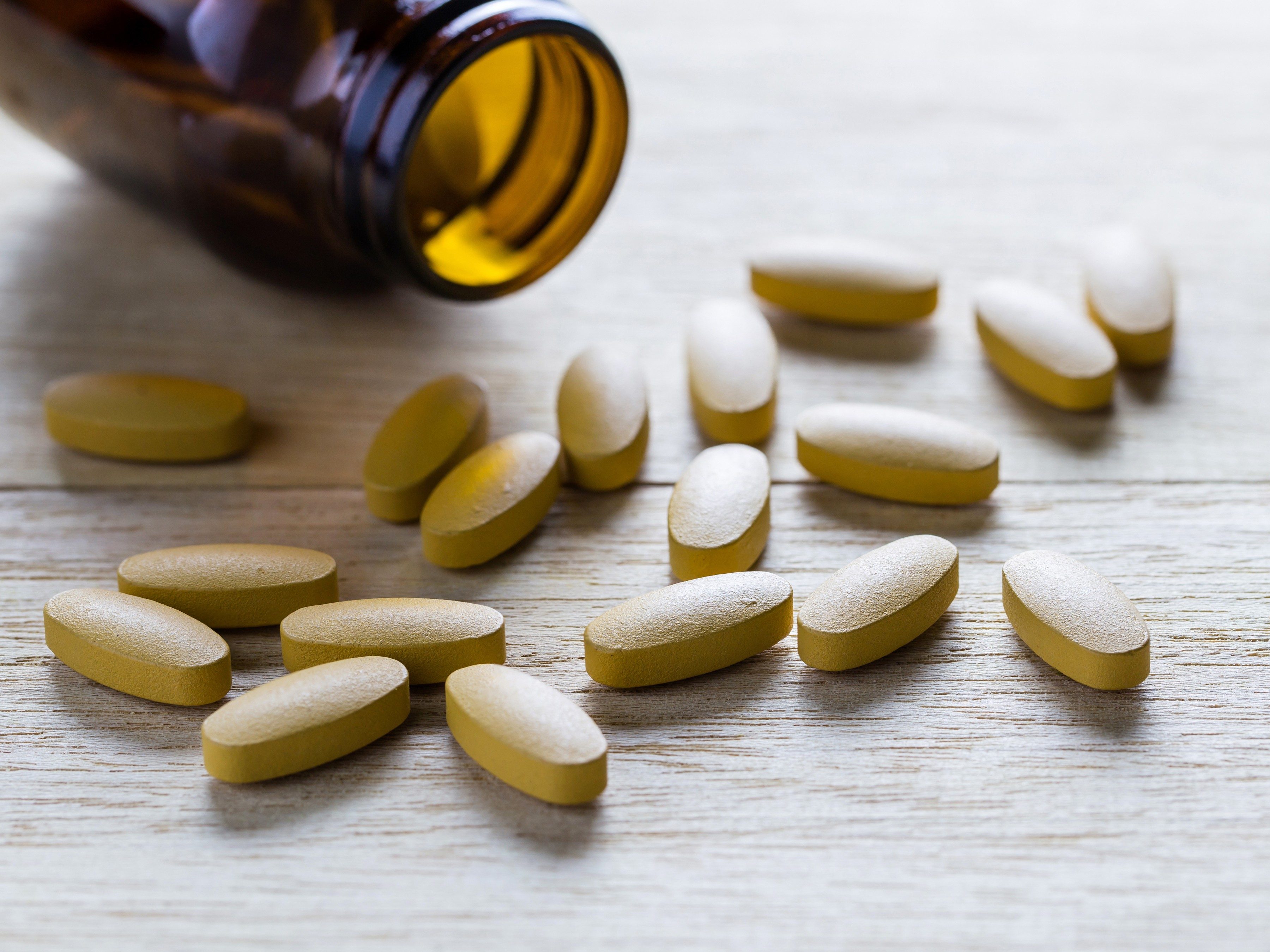
8. Try anti-inflammatory supplements
Take 500 milligrams of the plant enzyme bromelain, 250 milligrams of rutin or quercetin, and 50 milligrams of grapeseed extract twice a day if you have a deep cut or large scraped area. These are the key ingredients, along with vitamin C, in a supplement called InflammEnz, which one study found significantly accelerated healing and reduced inflammation after injuries.
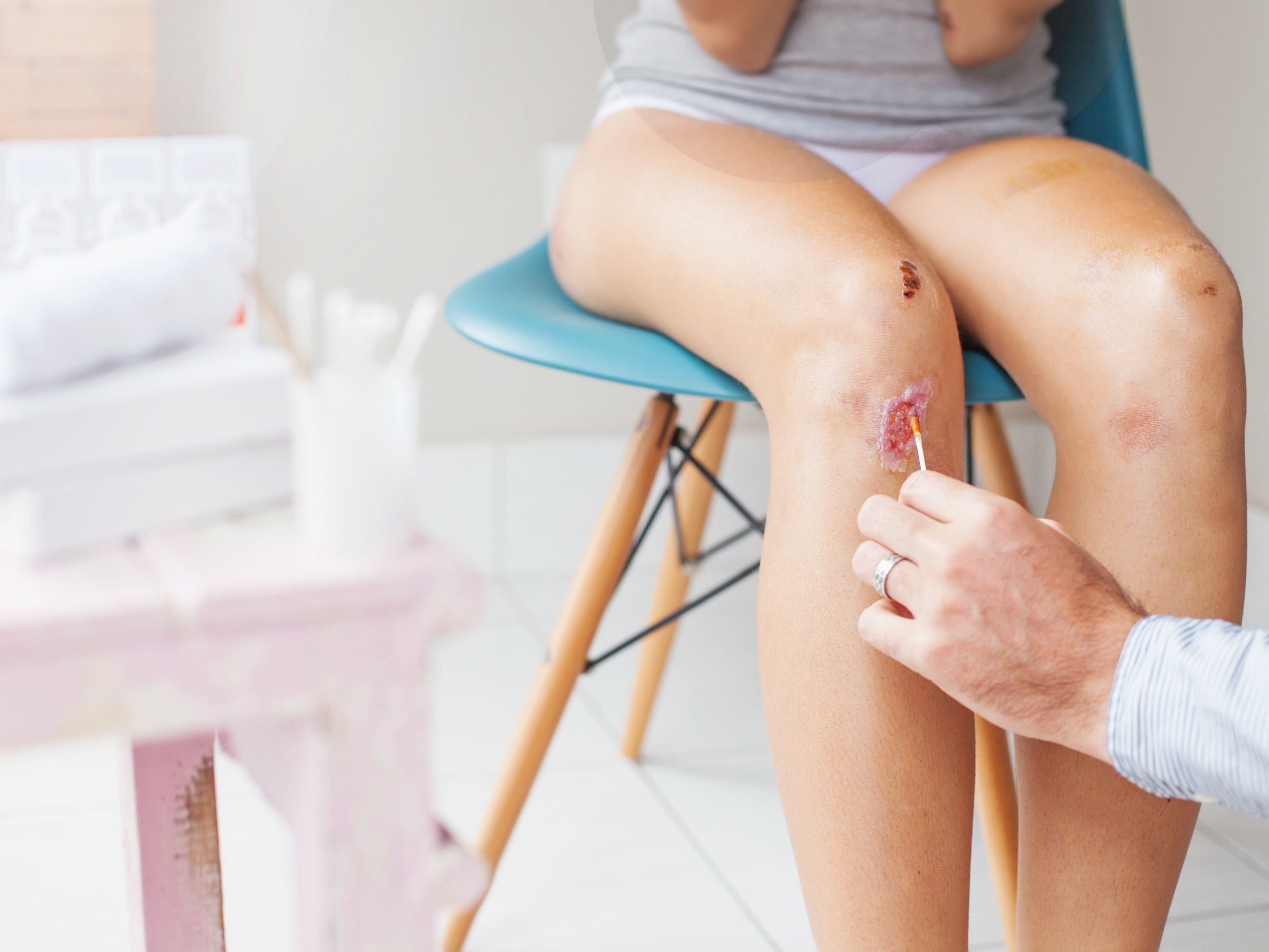
9. Apply Pycnogenol gel
When researchers treated wounded rats with this antioxidant gel, their wounds healed about 3 days faster than those of rats not treated with it. The gel also reduced subsequent scarring. Rub a small amount into the injury and reapply several times a day.
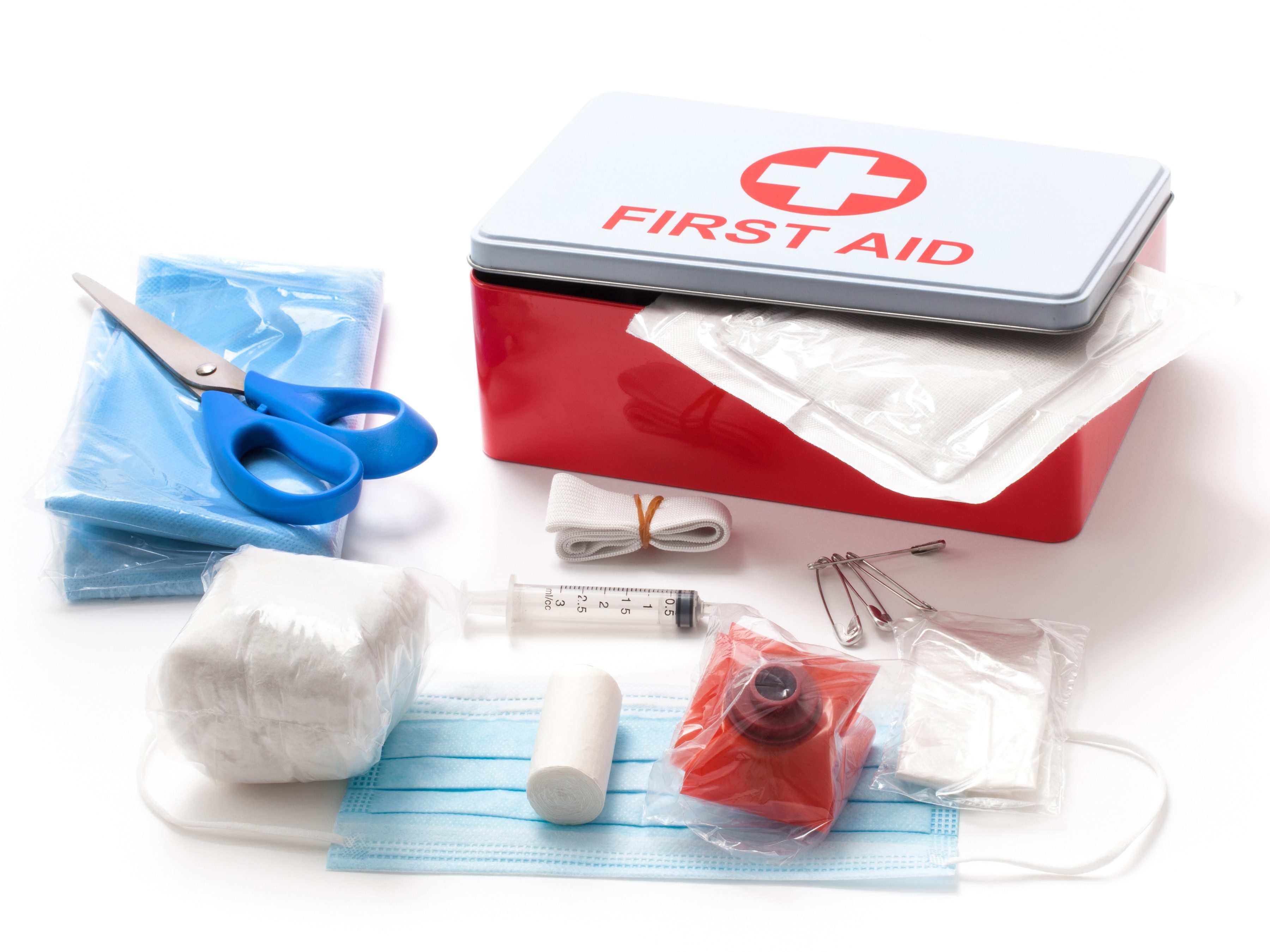
10. Apply a liquid bandage
These products form a waterproof seal over your cut or scrape and also stop minor bleeding.
Related features:
Emergency First Aid Kit Essentials
What to do When a Dog Bites
How to Stop a Nosebleed